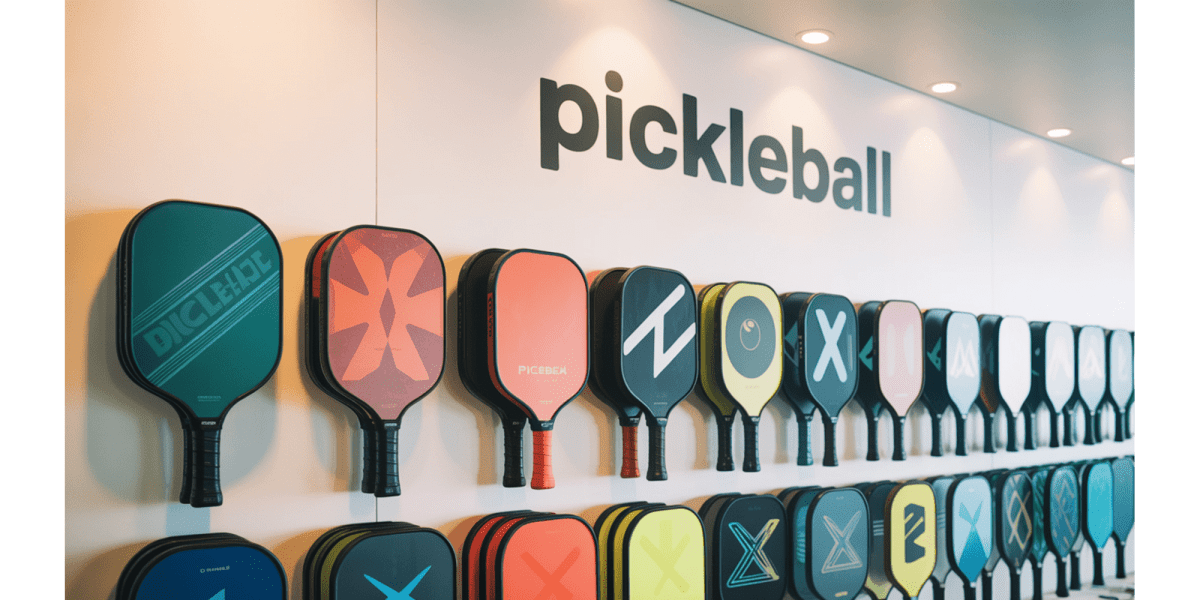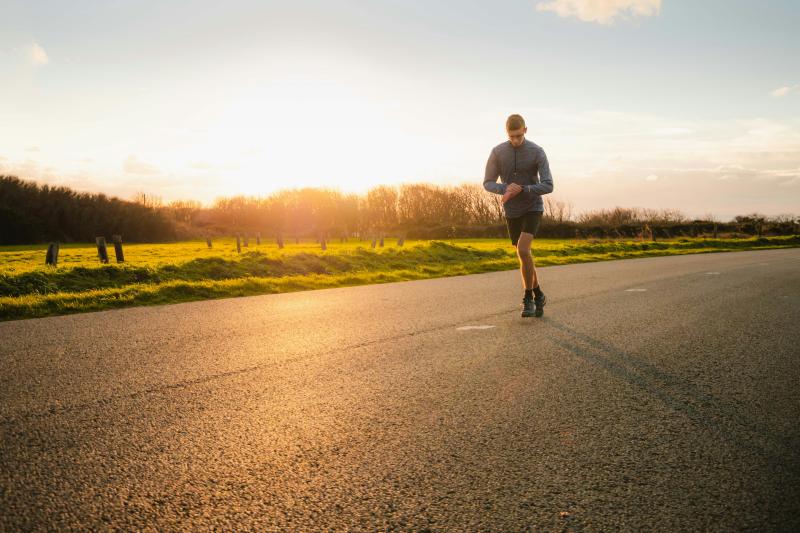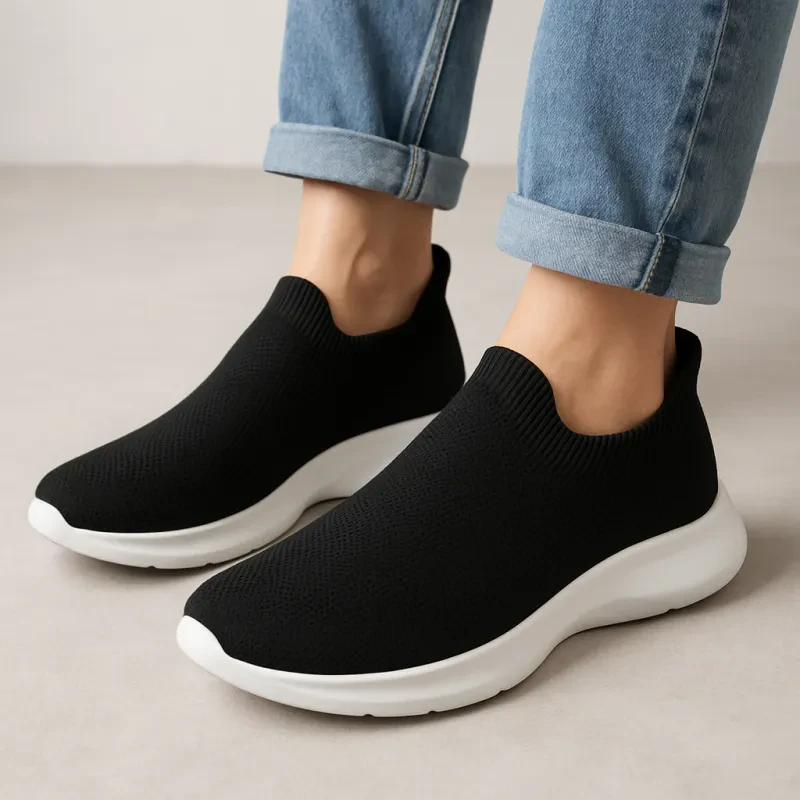Pickleball keeps gaining fans of all ages. It mixes tennis, badminton, and ping pong, so it’s approachable and a blast. The paddle is at the core of the game—it’s your main tool and shapes your experience out there.
Paddles come in all sorts of materials, shapes, and weights. These details can change how much control or power you get, and how comfy it feels. Beginners usually go for lighter paddles with a big sweet spot. More advanced players? They might want something with extra punch and accuracy.
When picking a paddle, consider weight, grip size, and the material. Lighter paddles swing faster and give you more control, but you might lose some power. Grip size can make a huge difference in comfort and help you avoid injuries. Material affects how long the paddle lasts and how it feels in your hand.
We spent a lot of time digging through options and testing them out to find the 10 best paddles for every skill level. Whether you’re just starting or already playing at a high level, there’s something here for you.
Top 10 Pickleball Paddles for Every Skill Level
We tested a ton of pickleball paddles to find the ones that really stand out. No matter if you’re brand new or a seasoned player, this list has you covered.
GAMMA Obsidian Pickleball Paddle
This paddle gives you a solid mix of power, spin, and customization. It’s a great pick if you want control and comfort in one package.
Pros
- Adjustable weight end caps for a personalized feel
- Great ball spin and bite thanks to the carbon fiber face
- Comfortable, vibration-reducing foam handle
Cons
- Some may find it a bit heavy at first
- Requires stronger hits to maximize power
- Not ideal for players wanting extreme power
We liked how the carbon fiber surface grabs the ball, giving us sharper spin. The paddle felt especially good during long rallies because the foam-filled edges cut down on hand vibration.
Adjusting the paddle’s weight at the handle was honestly pretty cool. You can make it lighter for quick moves or heavier for steadier hits. That flexibility is a big plus if you’re picky about your gear.
The paddle leans more toward control than raw force. We found ourselves focusing on placement and spin instead of just power. If you’re after a comfortable, reliable paddle, this one’s a safe bet.
GAMMA Airbender Paddle
This paddle is a strong choice for advanced players who want to tweak their setup for more control and feel.
Pros
- Adjustable weight lets us customize balance and swing.
- Carbon fiber face helps with spin and precision.
- Gel insert reduces vibrations for comfort.
Cons
- Customization may be too complex for beginners.
- Out of the box feel can be too “poppy” and may need tweaks.
- Weighted tape may be needed to improve the sweet spot size.
We enjoyed experimenting with the Airbender’s weight system. Changing the handle’s weight let us really dial in the feel. The paddle felt light and solid, and the carbon fiber face gave us extra spin on shots.
The shock-absorbing gel insert made play more comfortable by cutting down the usual vibrations. The open-throat design also helped us move the paddle faster during quick rallies.
Honestly, the paddle takes some getting used to. The default setup felt almost too springy, so we added extra weights until it matched our style. If you’re new to pickleball, you might want to start with something simpler before diving into this level of customization.
Franklin Pilot Pickleball Paddle
This paddle works well for beginners and intermediate players. It’s light and gives you easy control right from the start.
Pros
- Lightweight and easy to handle
- Good spin control with MaxGrit surface
- Durable polypropylene core
Cons
- Grip size may feel small for some players
- Not the best paddle for advanced players seeking power
- Limited color options
We liked how comfortable the Franklin Pilot felt, especially the grip—it was secure but not sticky, which helped us stay in control during quick exchanges.
The lightweight frame made fast movements and precise shots easier. The MaxGrit surface gave us extra spin, which came in handy for tricky placements.
This isn’t a paddle for power hitters, but it’s great for beginners or anyone who wants a reliable, affordable paddle. After weeks of play, it’s held up well.
JOOLA Journey Pickleball Paddle
We like the JOOLA Journey for anyone starting out who wants a light paddle with solid control and a bit of power.
Pros
- Lightweight and easy to swing without tiring your arm
- Fiberglass surface adds good pop on the ball
- Comfortable grip reduces vibration and improves feel
Cons
- Smaller grip may not suit all hand sizes
- Sweet spot is a bit narrow, takes time to master
- Not the best choice if you want a very high-end paddle
The JOOLA Journey felt light so we could swing quickly without much effort. Moving around the court felt easier, and the fiberglass face gave us a nice boost in power for spins and deeper shots.
The grip stood out—it’s tacky and comfy, which helped us avoid slips even when things got sweaty. Less vibration meant our arms didn’t tire out as fast, which is a relief if you’ve got joint pain.
The grip is smaller than usual, so bigger hands might not love it. The sweet spot also needs some practice to hit consistently. If you’re looking for advanced features, this paddle is better for beginners and intermediates.
JOOLA Essentials Pickleball Paddle Set
This set is great for beginners and intermediate players who want a durable, well-rounded package.
Pros
- Comes with two paddles, balls, and a carrying bag
- Good balance of power and control for varied skill levels
- Comfortable anti-slip grip with moisture control
Cons
- Grip size may feel small for some hands
- The bag is compact, limiting extra gear storage
- Paddle weight might not suit advanced pros looking for ultra-light options
The Essentials set felt comfortable thanks to its rigid grip, which kept the paddle steady in our hands. The paddles feel sturdy and offer a generous sweet spot, so we hit more consistent shots.
The included balls worked well, and the bag made it easy to carry everything. The bag isn’t huge, but it fits the basics, so you don’t lug around extra stuff.
The fiberglass surface gave us a nice balance of pop and touch. It’s not the lightest paddle, but it's a solid pick if you’re building your skills or moving up in competition.
JOOLA Ben Johns Hyperion Paddle
This paddle stands out if you want power and spin but still need control.
Pros
- Great spin thanks to the carbon friction surface
- Stable feel from the hyperfoam edge design
- Balanced power and control for aggressive play
Cons
- Durability concerns with longer use
- Price may be high for beginners
- Handle size might not fit everyone comfortably
The Ben Johns Hyperion gave us a clear advantage in spin. The textured carbon face really grips the ball, so our shots landed with more bite. Controls felt sharp, even when we played aggressively.
The weight and stability made swings more consistent. That hyperfoam edge adds heft where you need it, making it easier to handle edge-to-edge shots without losing accuracy.
After several sessions, we started noticing some wear on the paddle face. It’s a fantastic paddle for serious players, but if you’re rough on gear or just starting out, it might not last as long as you’d like. The grip could feel tight for bigger hands, so try before you buy if you can.
HEAD Extreme Pro Paddle
This paddle nails a nice balance between power and control. It works for pretty much any skill level.
Pros
- Comfortable grip cuts down on vibration
- Solid mix of control and power
- Lightweight, so it’s easy to handle
Cons
- Sweet spot could be bigger
- Surface grip for spin feels average
- Costs more than basic paddles
We found the HEAD Extreme Pro feels natural in the hand. The grip really softens vibration, especially in long rallies.
It’s light, so quick wrist flicks come easy. That helps when you’re aiming or reacting fast.
The composite face gives enough pop for strong shots, but you don’t lose control. The diamond shape adds a bit of reach, which saved us on some awkward low balls.
The sweet spot is smaller than some others, so you’ve got to be precise. If you like heavy spin, the surface is just okay, not amazing.
Yeah, it’s pricier than entry-level paddles, but the sturdy build makes it feel worth a look if you want something that’ll last as you get better.
HEAD Radical Elite Paddle
This paddle suits just about anyone, offering a comfortable blend of power and control.
Pros
- A big sweet spot makes hitting easier
- Ergo grip keeps hands comfy
- A thicker core gives a solid feel and power
Cons
- The handle might not fit everyone
- It’s a bit heavier than some paddles
- Bright colors can clash with certain balls
The large sweet spot stood out right away. It made tricky returns less stressful, even in long rallies.
We liked the grip it was soft but not squishy, so it didn’t slip. Our hands felt less tired after a few games, which is a win.
The thicker core packs a punch on smashes and drives. While it’s not the lightest paddle, the weight and power balance worked for most of our play styles.
Franklin Pro Pickleball Paddle
This paddle’s a favorite for players who want reliable power and control at any level.
Pros
- Awesome grip surface for spin
- Durable but still lightweight
- Approved for tournaments
Cons
- Feels stiff if you prefer softer paddles
- Medium handle isn’t for every hand
- Some users hear a little noise from the core
The MaxGrit surface lets us add spin without giving up control. Shots landed where we wanted, and the paddle stayed comfy even in longer rallies.
The polypropylene core gave us a steady mix of power and stability. Swings felt smooth, and the sweet spot was forgiving enough for off-center hits.
We’d recommend it to both newbies leveling up and experienced players who want consistency. It might not be your match if you need a softer feel or a chunkier grip.
Joola Vision Paddle
This paddle is for players chasing more control and spin, but who still want decent power.
Pros
- Grip keeps hands dry and absorbs shocks
- Textured carbon face delivers big spin
- Lightweight, so you can swing fast
Cons
- Surface gets dirty fast and needs cleaning
- Grip size might feel bulky for small hands
- Weight balance can feel off for some folks
The grip is the first thing we noticed—it keeps hands dry, and the ridge design stops slipping. It soaks up impact, so long games don’t wear us out as much.
The textured carbon face really does add spin. We saw a jump in spin on serves and dinks, giving us more shot variety.
Even though it’s light, the paddle’s shape felt a bit unbalanced to some of us. The weight pulls away from the handle, which can mess with accuracy. Also, that rough surface loves to collect dirt, so you’ll clean it a lot.
It’s a solid mix of control, spin, and comfort for most skill levels. The design can push your game, but it takes a little getting used to.
Buying Guide
When picking a pickleball paddle, we care about weight, grip size, and material. These make a big difference in how we play and how the paddle feels.
Weight matters because it changes how much control or power you get. Lighter paddles move faster but don’t always hit as hard. Heavy paddles give more pop but can wear you out.
Grip size is key for comfort and avoiding injuries. Too small, and the paddle twists in your hand. Too big, and you’ll feel strain. It’s worth measuring your hand or just trying a few grips.
The material of the paddle affects its feel and longevity. Wood is cheap and heavy, while composite gives a nice balance of weight and power. Graphite is light and tough, and many advanced players prefer it.
| Feature | What to Look For | Why It Matters |
|---|---|---|
| Weight | Light (6-7.5 oz) or Heavy (up to 9 oz) | Control vs. power balance |
| Grip Size | 4 to 4.5 inches in circumference | Prevents injuries and aids grip |
| Material | Wood, Composite, Graphite | Affects durability and feel |
Get to know these features, and you’ll find a paddle that fits your style. Try a few out if you can—sometimes you just know when it’s right.
Frequently Asked Questions
We look at the features that fit different player levels, tips for matching a paddle to your style, and what makes advanced paddles special. We also cover weight differences and how much the right paddle can help. And yeah, we highlight some brands players trust.
What features should beginners look for in a pickleball paddle?
Beginners should grab a paddle that’s light and easy to swing. A bigger face means more control and a larger sweet spot, so you’re more likely to hit the ball cleanly.
Composite or fiberglass paddles are great because they balance power and control. Avoid anything too heavy or tiny.
How do I choose a pickleball paddle that complements my play style?
If you play aggressively, use a paddle with more power and a smaller sweet spot. If you’re more about control, look for a lighter paddle with a bigger sweet spot.
Think about weight, grip size, and material, pick what feels best when you play, not just what looks good online.
Are there specific pickleball paddles designed for advanced players?
Advanced players often pick carbon fiber or graphite paddles for more control and power.
Some have special shapes or edges for faster swings and extra spin.
What is the difference between lightweight and heavyweight pickleball paddles?
Light paddles are easier to move and won’t tire your arm as fast. They help with quick reactions and control.
Heavy paddles hit harder, but you’ll feel it after a while. If you like blasting shots, you might prefer the extra weight.
Can the right pickleball paddle improve my game?
Totally. A paddle that fits your skill and style greatly affects control, comfort, and power.
The right one helps you react faster and keeps strain down, so you can focus on playing.
What are the top brands in pickleball paddles?
Some of the big names out there? Selkirk, Paddletek, Onix, and Engage.
They've got paddles for beginners, pros, and everyone in between.
These companies pick solid materials and listen to players' wants, tweaking designs to boost performance.
Disclaimer:
The advice given on this website does not constitute or replace medical advice. Please consult with a doctor before starting any exercise or nutrition plan. Always Remember to Run Safe!






















